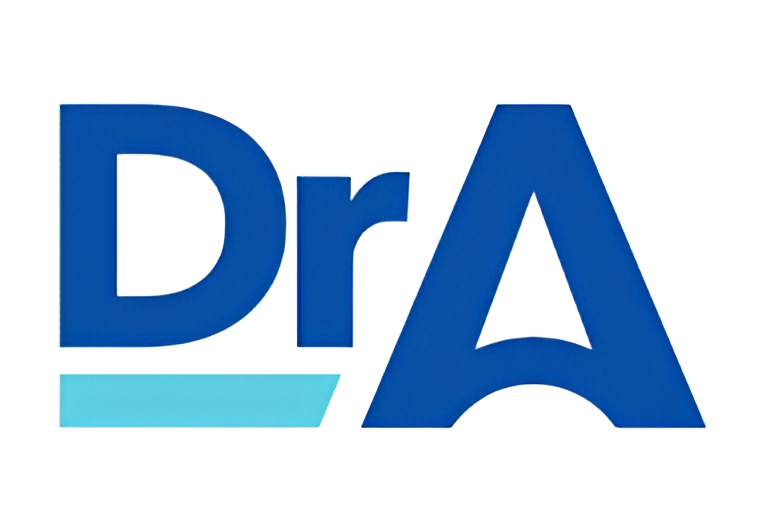
₹ 14070
₹382- ₹402
35
₹402
0.0

31 Jan 2025
4 Feb 2025
5 Feb 2025
Application Details
Dr. Agarwal’s Health Care IPO is set to open for subscription from January 29, 2025, to January 31, 2025. The IPO is a book-built issue with a price band of ₹382 to ₹402 per share and a face value of ₹1 per share. Investors can apply in lots of 35 shares, with a minimum investment of ₹14,070 for one lot and a maximum of ₹1,96,980 for 14 lots. The total issue size comprises 7,53,04,970 shares, aggregating up to ₹3,027.26 crore. This includes a fresh issue of 74,62,686 shares, worth ₹300 crore, and an offer for sale (OFS) of 6,78,42,284 shares, amounting to ₹2,727.26 crore.
The IPO follows a structured reservation: not more than 50% of the net offer is allocated for Qualified Institutional Buyers (QIB), at least 35% for retail investors, and no less than 15% for Non-Institutional Investors (NII). Important dates include the basis of allotment on February 3, 2025, initiation of refunds and credit of shares to demat accounts on February 4, 2025, and the listing date on February 5, 2025.
About Dr. Agarwal's Health Care Limited
Company Overview
Incorporated in April 2010 in Chennai, Tamil Nadu, Dr. Agarwal’s Health Care Limited is India’s largest eye care service chain by revenue. The company offers a comprehensive range of eye care services, including cataract and refractive surgeries, consultations, diagnoses, non-surgical treatments, and the sale of optical products, contact lenses, accessories, and eye care-related pharmaceuticals.
Operational Network and Reach
As of September 30, 2024, the company operates 193 facilities across 14 states and four union territories in India, covering 117 metro and non-metro cities. This network is based on a hub-and-spoke model, consisting of 28 hubs (including three Centers of Excellence) and 165 spokes (53 primary and 112 secondary facilities). Internationally, the company has 16 facilities across nine African countries. Additionally, Dr. Agarwal’s Health Care is recognized for its NABH-accredited facilities, with 29 accredited centers as of December 2024.
Clinical and Operational Excellence
The company is known for its end-to-end, comprehensive eye care offerings. It specializes in various super-specialties, including cataract, cornea, retina, refractive surgery, glaucoma, oculoplasty, and neuro-ophthalmology. By September 2024, 737 doctors were providing care across its facilities. During FY 2024, Dr. Agarwal’s served 2.13 million patients and performed 220,523 surgeries. In the six months ending September 30, 2024, it served 1.15 million patients and conducted 140,787 surgeries.
FAQ
IPO stands for "Initial Public Offering." It's the process through which a privately-held company becomes publicly traded by offering its shares to the general public and listing them on a stock exchange for trading. This allows the company to raise capital from investors and grants individuals and institutions the opportunity to invest in and own a portion of the company.
The life cycle of an IPO, or Initial Public Offering, begins with a company's decision to go public. It involves hiring underwriters, registering with regulatory authorities, determining the IPO price, marketing to investors, and the subscription period where investors place orders for shares. After allocation and listing, shares become publicly tradable, and the company enters the secondary market. Ongoing reporting and corporate governance are crucial as the company continues to operate as a publicly-traded entity. The IPO aims to raise capital for growth and provides investors with opportunities to trade shares in the company.
An IPO (Initial Public Offering) is when a private company goes public by selling shares to the public. Investors buy these shares, giving them ownership in the company. It's a way for companies to raise capital and expand. The process involves underwriters, regulatory filings, setting the IPO price, and marketing to investors. After the IPO, shares can be traded on a stock exchange. IPOs offer opportunities and risks, so investors should research and consider carefully.
"Upcoming IPOs" refers to initial public offerings that have been announced by private companies but have not yet occurred. These are companies that plan to go public in the near future by issuing shares to the public and listing them on a stock exchange. Investors often keep an eye on upcoming IPOs as they represent opportunities to invest in companies at their early stages of public trading, potentially capturing growth potential. These offerings are typically accompanied by significant media and investor attention as they approach their launch dates.
 Download
Download